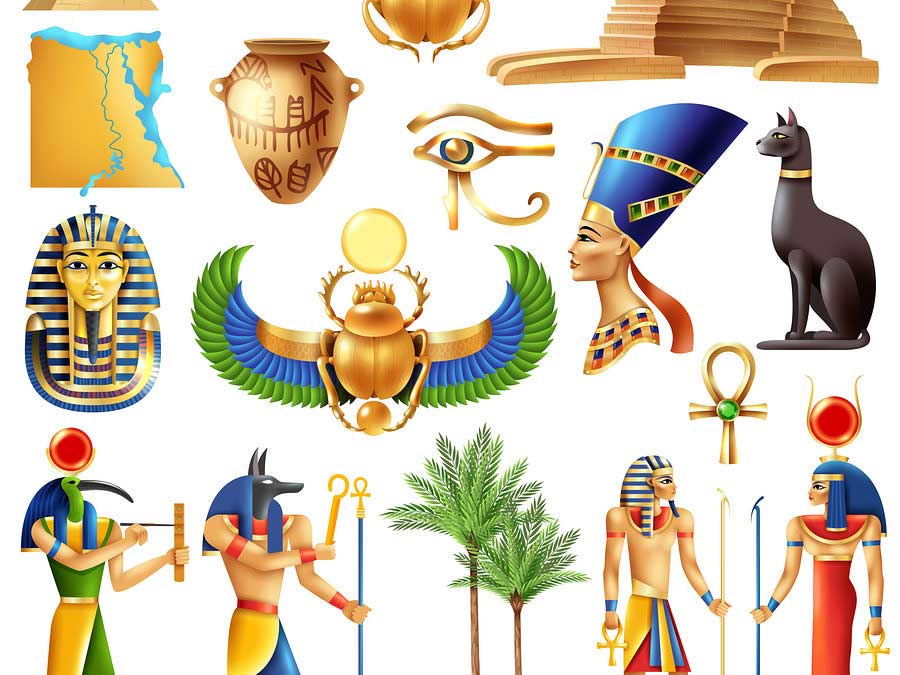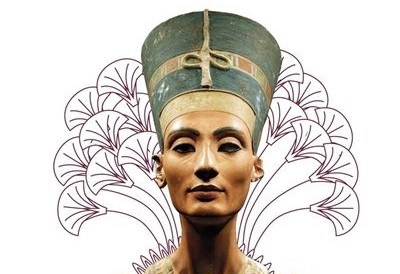Meskhenet Goddess Of Childbirth
Meskhenet: Egyptian Goddess of Childbirth
Iconography and Symbolism
Meskhenet the Egyptian goddess of childbirt was deeply intertwined with the birthing process in ancient Egypt. Women gave birth while seated on a pair of bricks known as birth bricks symbolizing stability and safety during childbirth Meskhenet was often depicted in art as a brick with a woman's head and sometimes with a cow's uterus, symbolizing fertility and protection
Association with Fate
Meskhenet was believed to be responsible for creating the Ka the vital essence or spirit of a person in Egyptian belief. As such, she became associated with fate and destiny In some narratives she was linked with Shai the god of fate who evolved from an abstract concept. Her role in childbirth extended beyond physical safety to spiritual guidance and destiny
Mythological Tales
meskhenet features prominently in Egyptian folk tales preserved in papyrus fragments These stories recount the births of kings such as Oser Kaf Sahure and neferirkare Kakai the first three kings of the Fifth Dynasty According to legend meskhenet appeared after their births and prophesied their future as rulers of egypt highlighting her role in royal destiny
Cultural Significance and Worship
meskhenet's worship and significance were widespread in ancient egypt particularly in rituals and beliefs surrounding childbirth She was also believed to be the first wife of andjety the god associated with childbirth in the underworld who later evolved into Osiris the renowned god of the afterlife and resurrection
Explore Meskhenet on Your Egypt Journey
delve into the mythology and symbolism of Meskhenet with our Egypt travel packages Join our Luxor day tours to uncover the mysteries of Egyptian pharaohs and their divine connections Visit Karnak Temple the Valley of the Kings and other remarkable sites on the Luxor West Bank day tour
 English
English  Spanish
Spanish  Chinese
Chinese  French
French  Portuguese
Portuguese  Italian
Italian  Russian
Russian  Czech
Czech  German
German  Japanese
Japanese 







